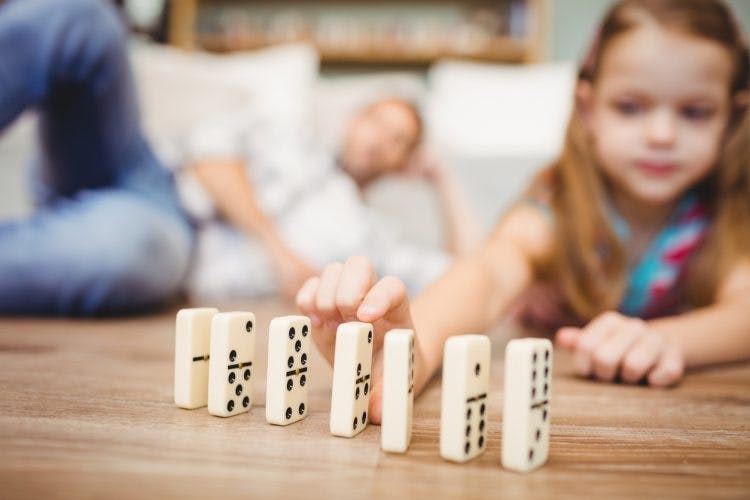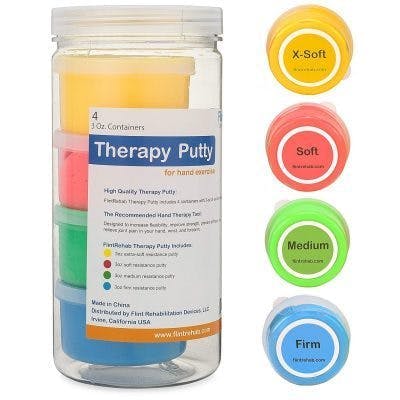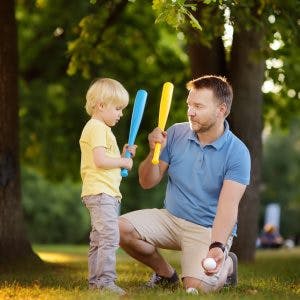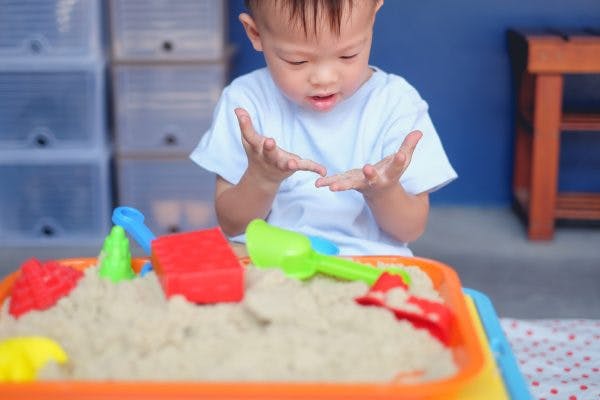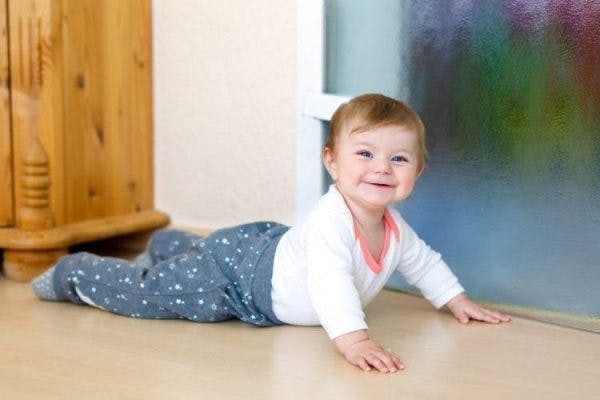Fine motor activities for children with cerebral palsy need to be fun & engaging to promote lots of repetition.
Fine motor skills can be defined as the ability to use and coordinate smaller muscle movements that involve your fingers, hands, and wrists.
Children with cerebral palsy may have difficulties controlling the muscles in these areas and will need to take advantage of neuroplasticity.
Neuroplasticity is the brain’s ability to rewire itself, and the best way to activate it is by repetitively performing new and challenging tasks that utilize fine motor functions.
This article will go over 20 of the best fine motor activities for children with cerebral palsy.
Fun and Engaging Fine Motor Activities for Children with Cerebral Palsy
Generally, fine motor skills are more complex than gross motor skills and require more practice to learn.
It can be difficult getting children to practice tasks over and over again without getting bored, but these 20 activities can help keep them engaged and performing the repetitions they need.
1. Molding
Playing with Play-Doh, clay, slime, or putty is one of the best fine motor activities for children with cerebral palsy because of its versatility. It can help not only with fine motor coordination, but also with fine motor strengthening.
You can squeeze, stretch, and mold it into any shape you want.
We highly recommend stepping it up a notch and using therapy putty.
Therapy putty comes in multiple resistances ranging from extra soft to firm. This allows your child to constantly challenge themselves as their fine motor skills develop.
2. Making Jewelry
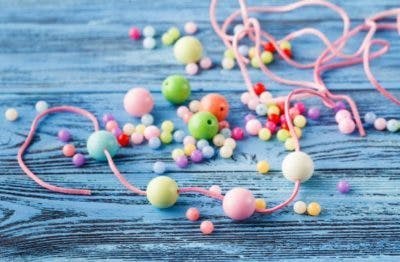
Stringing beads is a great way to improve fine motor skills in children with cerebral palsy because it requires a lot of precision and involves both hands.
Start easy and purchase beads with large holes and a thin string or pipe cleaner. As they become more comfortable with this activity, you can make it more challenging by giving them beads with smaller holes.
Another skill that your child can practice when they make jewelry is tying knots to keep the beads on the string.
3. Painting
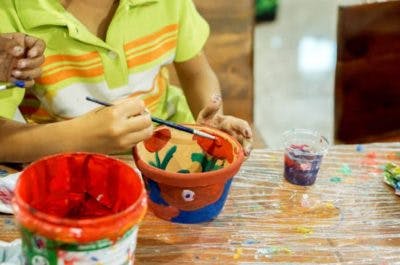
Painting is an activity that requires learning how to hold the brush, applying pressure onto a canvas, and appropriately moving your wrist to make strokes.
While a spacious canvas will allow your child to explore their creativity, painting on a smaller surface will encourage more precise motor development.
For example, having your child paint their nails will require a lot more focus and a steady hand because the surface area is so limited.
4. Playing a Musical Instrument
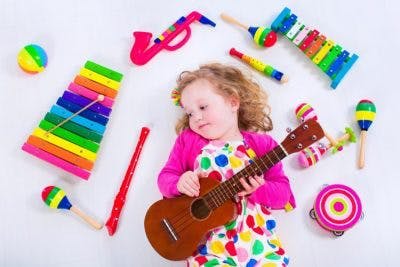
Learning to play an instrument can drastically improve fine motor skills.
Every instrument requires some sort of fine motor skill.
Playing instruments challenges people to practice using both their hands at the same time (this is called bilateral coordination).
Sometimes, the hands are performing completely different actions.
For example, when you play the violin, your left hand moves along the fingerboard while your right hand holds the bow and strokes it along the strings.
Playing an instrument helps children with cerebral palsy practice accuracy as each sound corresponds to a precise placement of the finger.
5. Sorting Candy
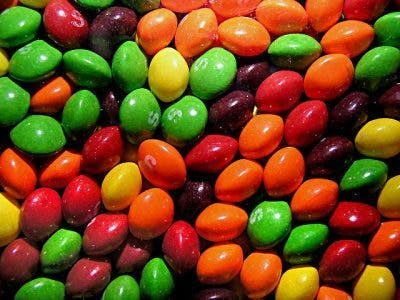
Get a bag of your child’s favorite colorful candy.
Good examples to use include Skittles, M&Ms, and gummy bears.
Dump them out onto a clean surface and then have your child sort them by color.
Encourage them to pick up the pieces one by one rather than sliding them. For a challenge, try picking up 4-5 pieces at once and setting them down one at a time using only one hand.
6. Building with Legos
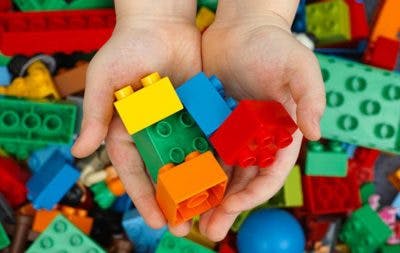
Building structures with Legos is one of the most effective fine motor activities for children with cerebral palsy because it involves sorting through all the pieces, pressing them together, and breaking them apart.
Legos come in a variety of sizes. The larger ones will be easier to stack together and take apart while the smaller ones require some extra pressure and precision.
Children that like to build will be so immersed in the process of their creations that they won’t even realize how much they’re practicing their fine motor skills.
7. Jenga
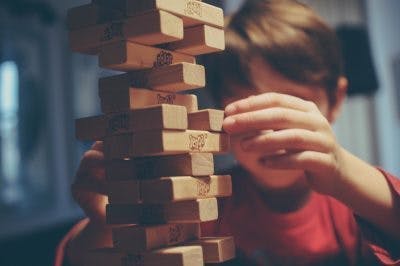
Jenga is a fun and challenging game that definitely requires a careful touch.
First, you have to stack the blocks in threes.
Once the game’s set up, you take turns taking one piece out at a time and then placing that piece on top of the stack.
Picking the right piece and prying it out of its spot will force your child to focus and develop hand-eye coordination.
It starts off easy but progressively gets more difficult as the blocks become unbalanced.
8. Braiding Hair

Braiding hair involves brushing the hair, sectioning it off, holding pieces together, pulling them through, and tying it at the end.
Most importantly, it’s a skill that needs a lot of repetitive practice to develop.
You need to hold the hair a certain way to prevent the braid from being too loose or messy, and you need to practice weaving the hair in a specific pattern to create the right design.
9. MusicGlove
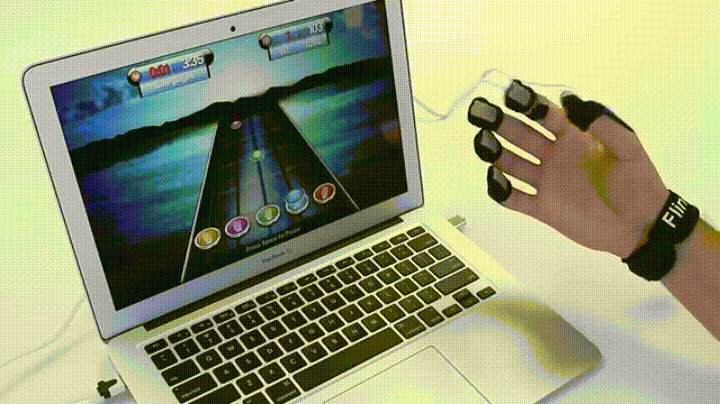
MusicGlove is an innovative neurorehabilitation device designed to improve fine motor skills in individuals with neurological conditions like cerebral palsy.
It’s very popular among children because it gamifies the hand therapy experience and makes it easy to perform the repetitions they need.
It works by challenging users to tap the tip of their thumb with the specific finger on the screen. The motions on the screen match the beats in the music to help promote coordination of their auditory, visual, and tactile senses.
Want 19 pages of CP recovery tips in PDF form? Click here to download our free illustrated ebook now (link opens a pop up for uninterrupted reading)
10. Tracing
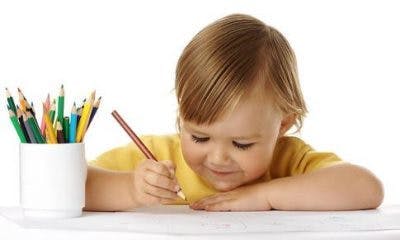
Tracing is a simple activity that helps promote a steady hand.
All your child will need is some tracing paper, a pencil, and some images to trace.
Children will be motivated to recreate the image on their own and will be so concentrated on following the lines of the image that they won’t even realize how much they’re using their hands.
Tracing can also work for teaching your child how to draw shapes and write!
11. Creating with Perler Beads
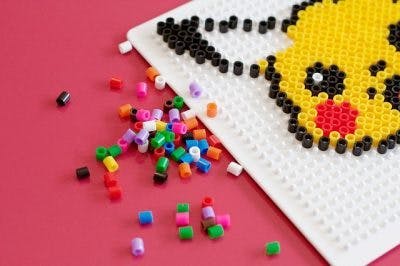
Perler beads are tiny plastic beads that you place one by one onto a pegboard, which comes in a variety of different shapes.
Once your child is done creating their design, iron it with a piece of ironing paper. This will connect all the beads together.
This is a fun craft that helps children work on their sorting skills and hand-eye coordination.
13. Board Games
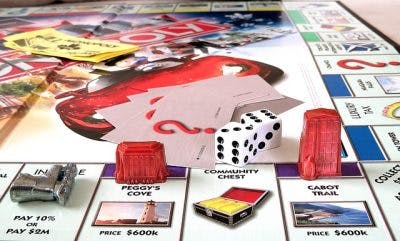
Board games are a great activity for improving a variety of fine motor skills in children with cerebral palsy.
A game like Connect 4 requires you to stick disks into specific slots while a game like Monopoly involves moving your token a certain number of steps.
Board games also require flipping or picking up cards, rolling dice, and pressing buttons, which makes them a fun, interactive way to practice using their hands.
14. Jump Rope
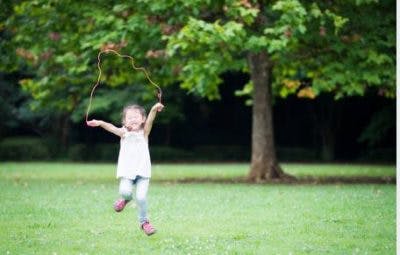
Jumping rope requires a good grip, hand-eye coordination, and fluid wrist movements.
It also emphasizes performing a lot of repetitions by following a rhythmic movement sequence.
The longer your child holds onto the jump rope and the more they practice moving their wrists in a circular motion, the easier it’ll become for them to use their hands for other tasks and activities. As a bonus, jumping rope also helps to develop gross motor skills!
15. Food Decorating
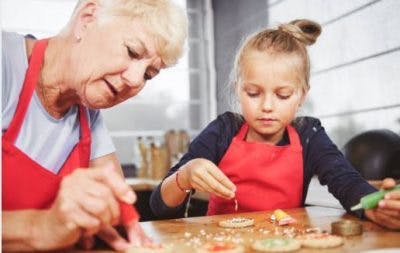
Letting your child decorate their food is a great way to motivate them to practice using their fine motor skills.
It helps them practice picking up small objects, squeezing, layering, and strategic placement.
Whether it’s using fruit to make smiley faces on pancakes, pepperoni to top off a pizza, or putting icing on a cupcake, children will love decorating their food with their own designs.
16. Dominos
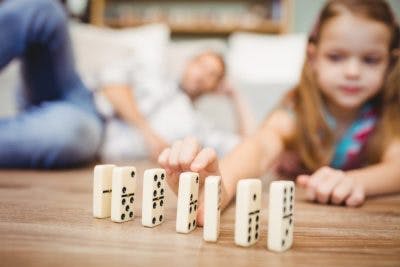
You can’t deny how satisfying it is to build a long trail of dominos and have them all successfully fall over when you’re done.
This is a time-consuming activity and the last thing you want to do is accidentally knock a piece over and trigger the downward spiral of dominos before you’re done.
You also have to plan the right amount of space between each block to ensure that they will knock each other over.
It requires a ton of concentration and a very careful hand, which makes it an ideal fine motor activity for children with cerebral palsy.
17. Coloring
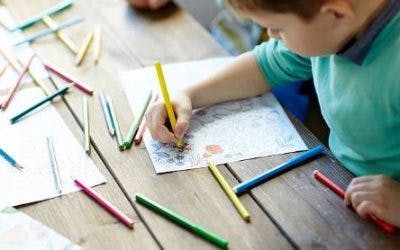
Learning to color is essential for developing fine motor skills.
You learn how to hold different mediums and how much pressure to apply to get the best performance out of each one.
For example, if you hold a crayon too tightly, it can snap in half. If you hold a marker down on the page for too long, the ink will bleed through.
Pressing too hard will make the colors bold while pressing lightly will make the colors softer.
This teaches children how to control their hand movements to get the results they want.
18. Decorating with Stickers
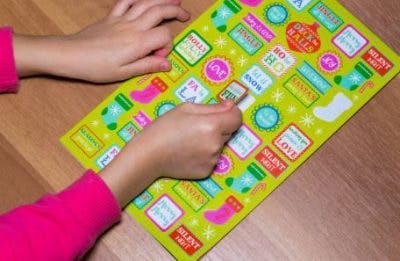
Children love stickers. They’re a fun and easy way to personalize anything.
Decorating with stickers is a great fine motor activity for children with cerebral palsy because they have to figure out how to peel the backing off, place the sticker in the right spot, and then press down on it make sure that it stays put.
Larger stickers are easier to start with, while smaller stickers can be more of a challenge.
19. Video Games

Playing video games helps promote coordination of the senses and can keep your child endlessly engaged.
Think about all the different buttons on a controller. You child has to learn that all the different buttons correspond to a certain action and when to use them.
Some games require you to press buttons with speed, while others require toggling or more strategic planning.
20. Origami
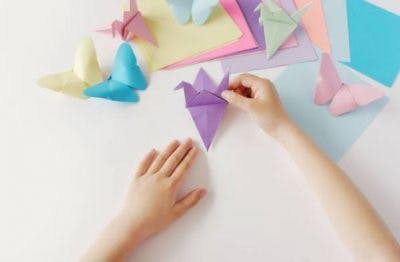
Origami is the Japanese art of paper folding.
You can create almost anything just by folding the paper a certain way, but it definitely requires an eye for symmetry and spatial awareness.
By making origami, children learn to be precise and apply the right amount of pressure with their folds.
Origami can also involve gently pulling the paper; to prevent ripping the paper (and to prevent paper cuts), children must learn to be careful with their hand movements.
That’s a Wrap!
Don’t worry if your child can’t perform these tasks right away; just encourage them to keep trying.
After all, the only way to get better at anything is through practice.
Performing new tasks will fire new neural pathways in the brain and repetition will strengthen them.
Hopefully, you’ll try some of these activities with your child and see how much their fine motor skills develop.
Good luck!

